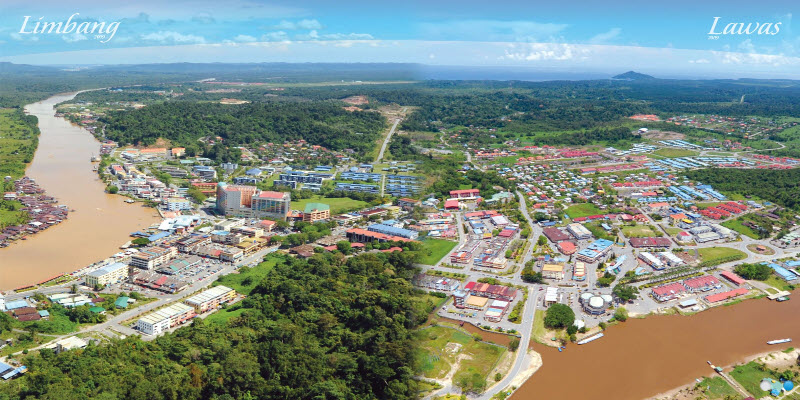Digital Technology Industry
Digital Technology Industry
Activities and transactions driven by the public and private sectors, as well as citizens, will produce, adopt and innovate digital technologies and services in relation to socio-economic functions for enhance wealth creation, productivity and quality of life.
The digital economy registered an average growth of 9% annually between 2010 and 2016 in value-added terms, exceeding Malaysia’s overall GDP growth rate during the period. In 2018, the digital economy grew 6.9% year-on-year to reach RM 267.7 billion, contributing 18.5% to the national economy (up from 18.3% in 2017) according to the Department of Statistics. Although the 2018 growth rate of 6.9% is lower than in 2017 when it grew 9.8%, it is still higher than the country’s overall GDP growth rate of 4.7% recorded for the year according to data from Bank Negara.
This growth momentum is likely to continue thanks to a combination of government support, a youthful, tech-savvy population, and increasing digitization of SMEs among other factors.
On the consumer front, favourable demographics support its growing digital economy. Of the country’s approximately 31 million population, about 42% are aged 24 years and below according to the CIA and the median age of the country’s population is 29.2. This compares with neighbouring countries such as Thailand where the median age is 39, Singapore (35.6), and Vietnam (31.9). A relatively young population as well as high incomes have helped push the internet penetration rate to 85.7% as of 2018, which is higher than the approximately 60% penetration rate in the region.
On the enterprise front, large enterprises currently dominate the digital economy as they adopt digital technologies such as e-commerce at higher rates than SMEs, partly due to larger enterprises having greater access to funding and technical expertise. For instance, less than 44% of the country’s SMEs use e-commerce for their business according to data from a 2018 report by SME Corp.
To add further impetus to the digital economy which is already riding high on strong fundamentals, the government has put in place several incentives to encourage greater market expansion and is aiming for the digital economy to contribute 20% to the national economy by 2020, up from 17.8% in 2015.
Some of the incentives include:
- RM210 million allocation under Budget 2020 for the purposes of accelerating the development of digital infrastructure such as industrial parks, and in public buildings such as schools.
- RM21.6 billion allocated under Budget 2020 for the five-year National Fiberization and Connectivity Plan (NFCP) which will ensure high-speed connectivity throughout the country along with an additional RM 250 million to increase broadband connectivity in rural and remote areas such as Sabah and Sarawak with technologies such as satellite technology.
- Under the Malaysia National Industry 4.0 framework, the Industry4WRD Readiness Assessment Intervention Program or in short known as ‘Industry4WRD Intervention Fund’ was launched by the government in Budget 2019. It is a financial support facility for SMEs in the manufacturing and related services sectors to adopt Industry 4.0 applications and technologies such as the Internet of Things (IoT), sensor technology, artificial intelligence, robotics, 3D printing and others.
E-commerce is one of the few verticals that is relatively ahead of the digitization race with the e-commerce sector alone contributing 8% to the country’s GDP in 2018. Already one of the fastest growing e-commerce markets in Southeast Asia, there is still ample growth ahead with the sector expected to expand to nearly US$6 billion by 2024.











